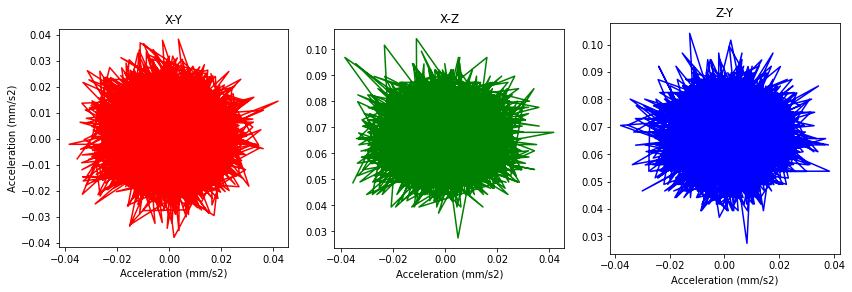
Analyzing Recordings of a Mobile Phone Lying Still
What is the background “noise” in the sensors of a mobile phone? In the fourMs Lab, we have a tradition of testing the noise levels of various devices. Over the last few years, we have been using mobile phones in multiple experiments, including the MusicLab app that has been used in public research concerts, such as MusicLab Copenhagen. I have yet to conduct a systematic study of many mobile phones lying still, but today I tried recording my phone—a Samsung Galaxy Ultra S21—lying still on the table for ten minutes....